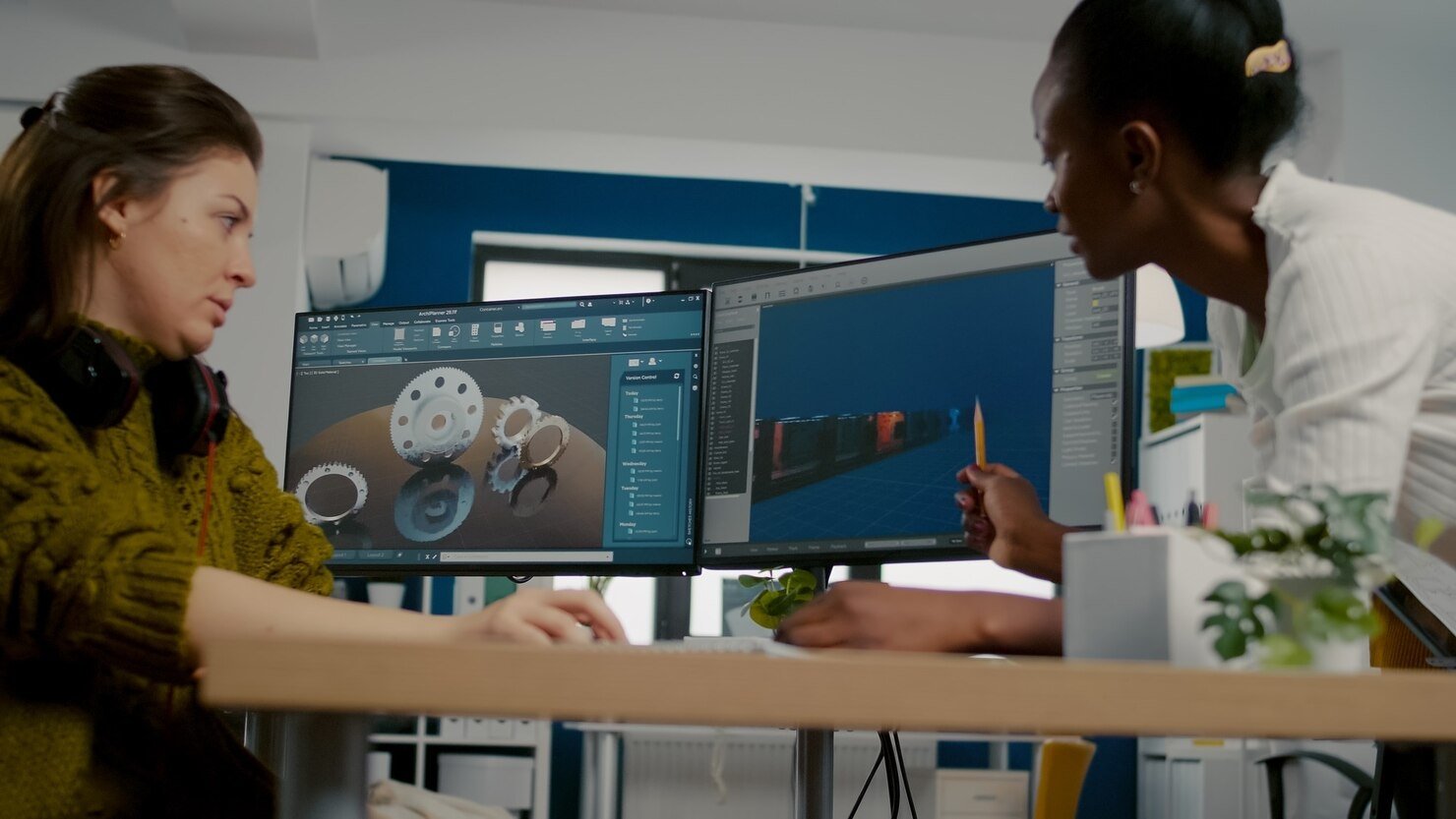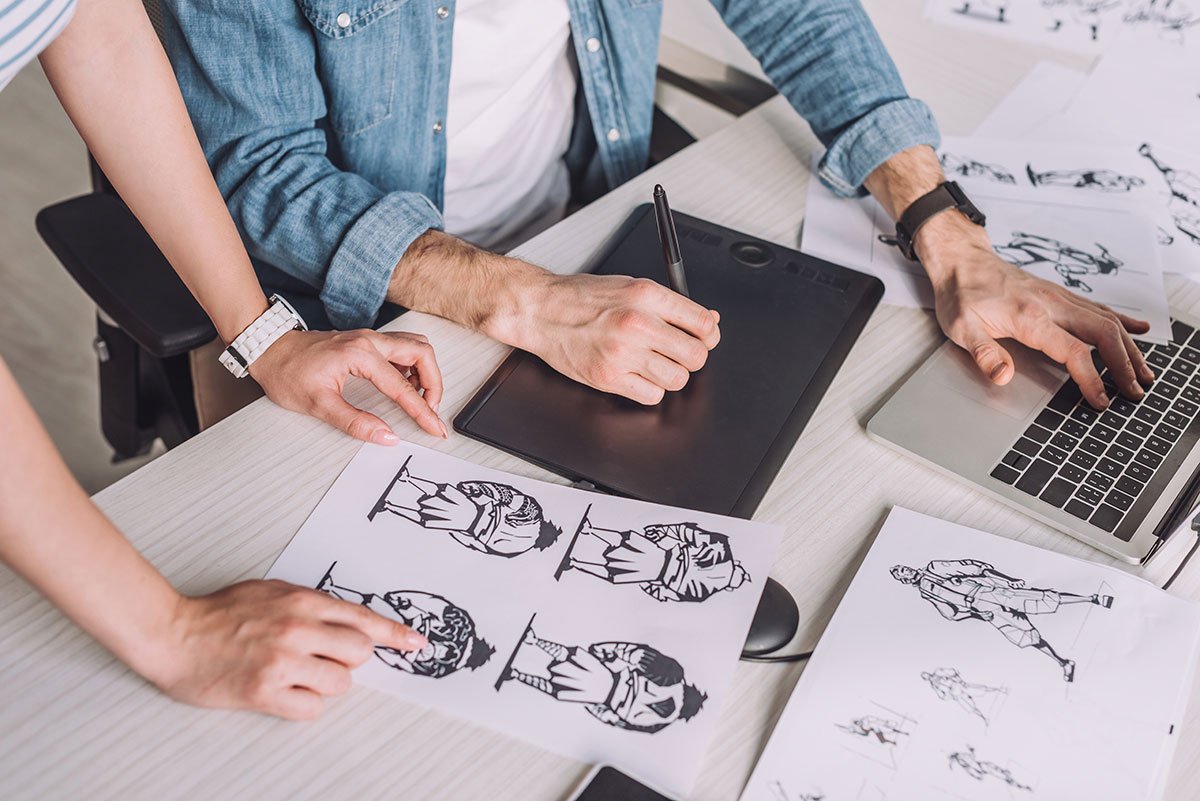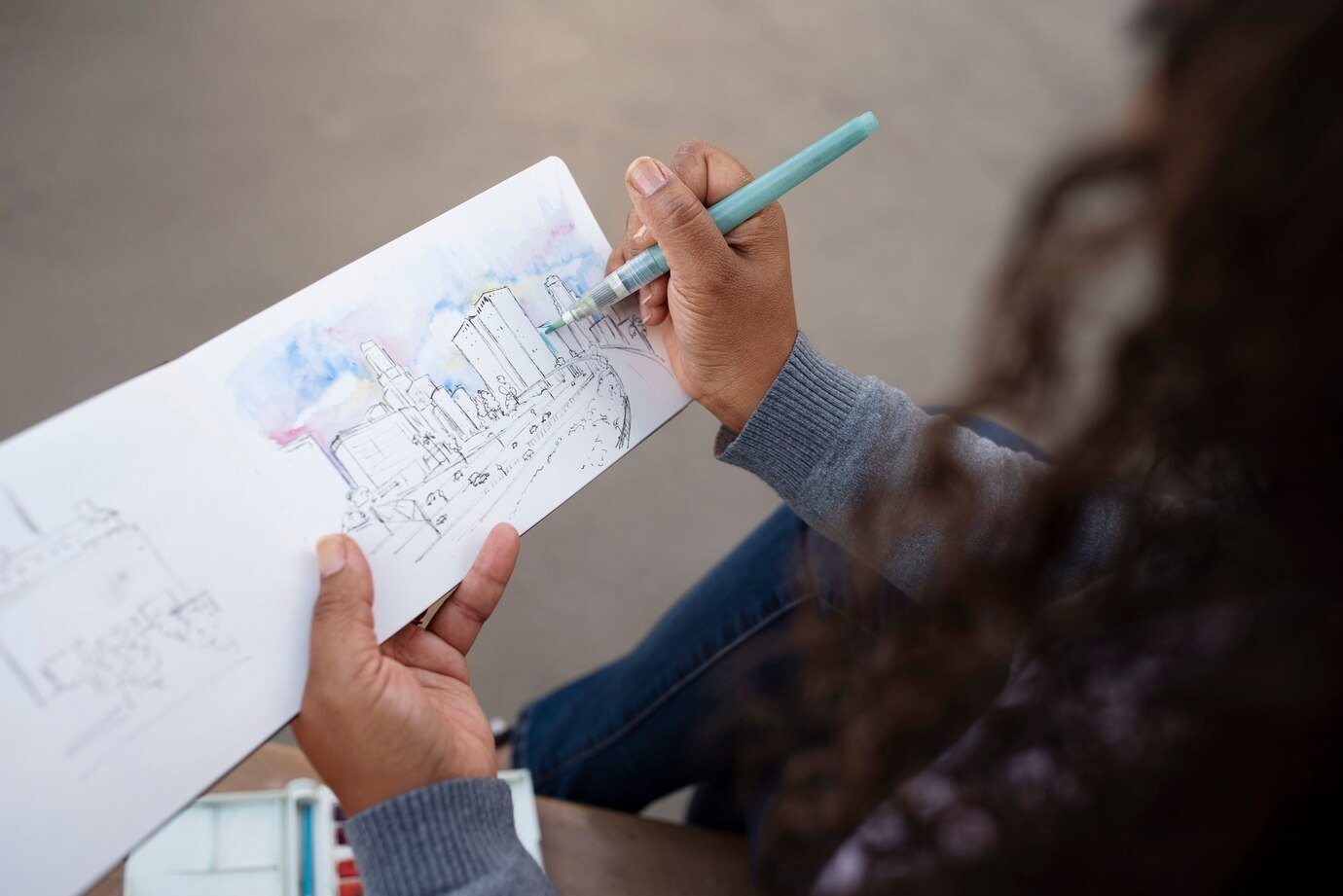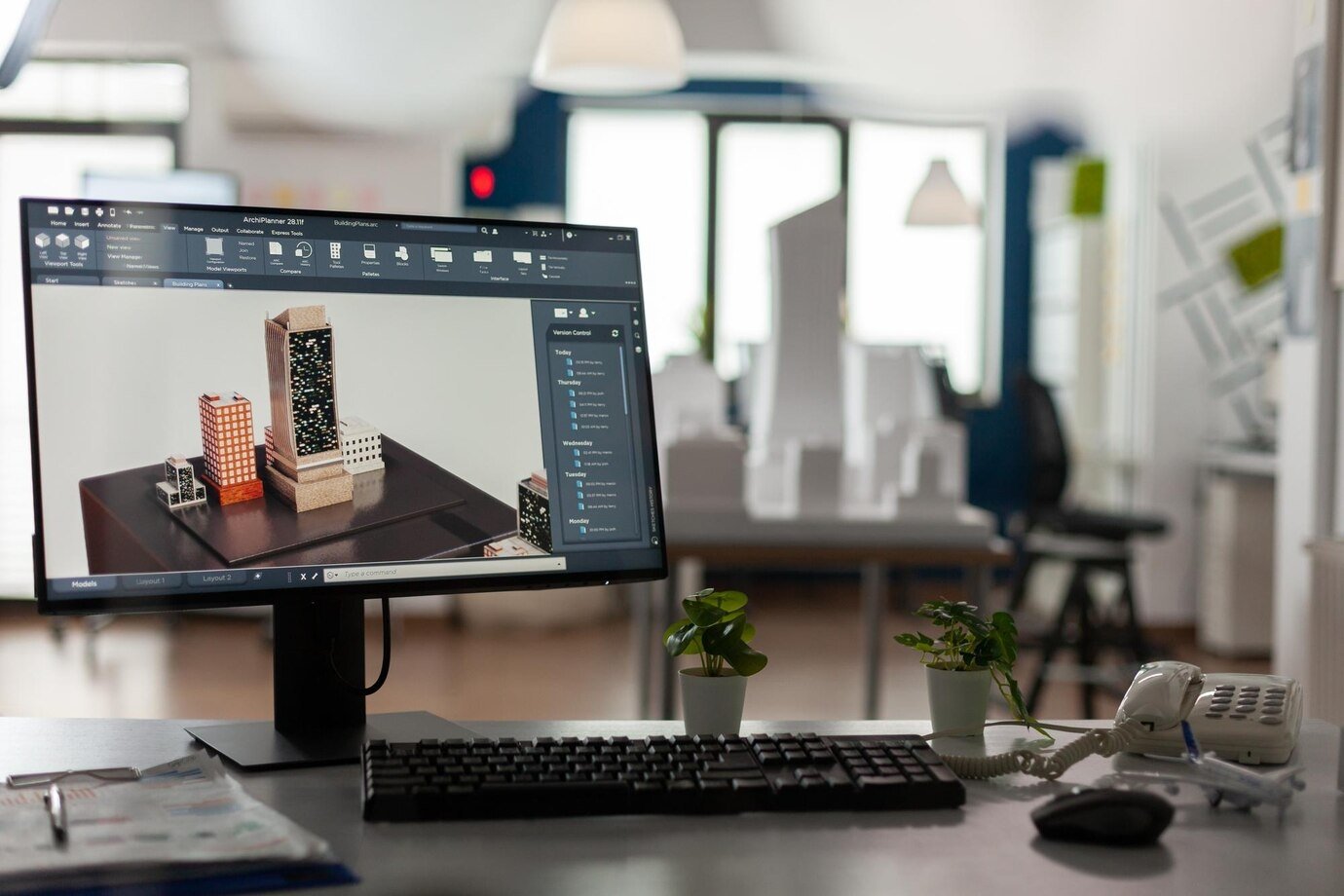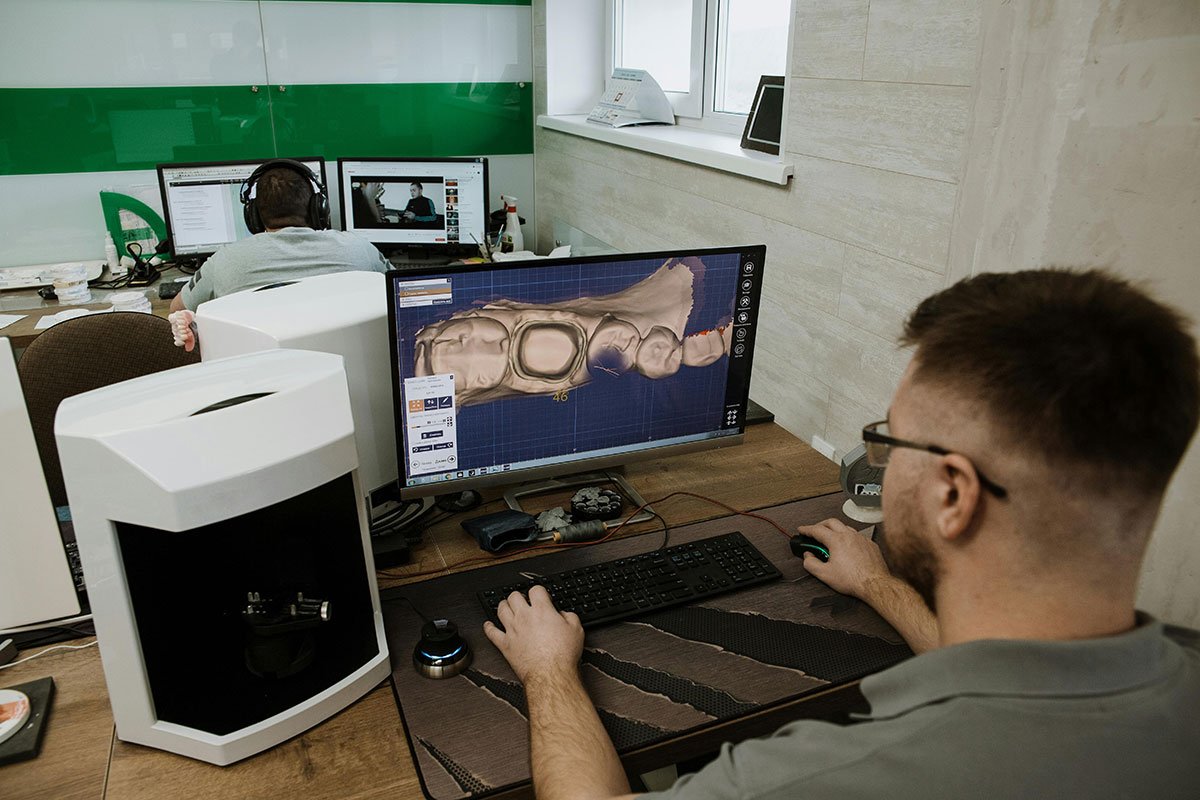Step into a fascinating world of 3D animation where pencil strokes transform into vibrant living tales and still sketches burst into three-dimensional works. The following will take you on an immersive journey, unveiling the transformative power of animation while looking closely into its many complicated dimensions.
Join us as we embark upon a fantastic journey to unravel the threads of creativity and technical mastery that weave together to create animated masterpieces.
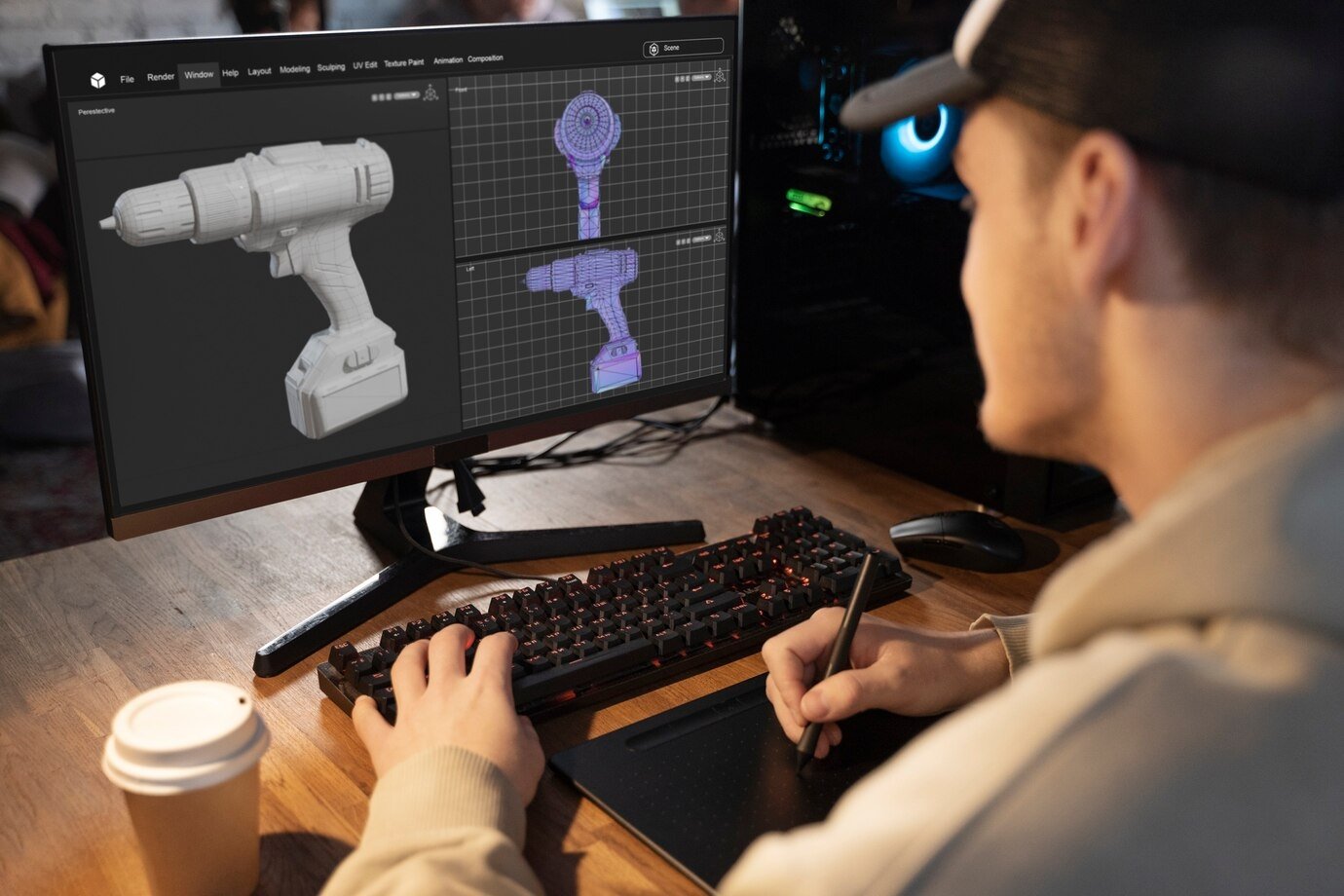
Drawing the Line: Understanding the Scope and Application of 2D vs. 3D Animation
Animation, as an art form, stands on the two pillars of 2D and 3D techniques, each offering a unique method for storytelling. The contrast between these approaches is striking. Today’s 3D animation deals with a realm of multidimensionality, crafting intricate landscapes and lifelike characters using advanced digital tools. On the other hand, 2D animation finds its charm in the elegance of hand-drawn sketches. It is known for its simplicity yet is capable of weaving captivating narratives.
Basically, the big decision whether to employ either 2D or 3D animation hinges on several things: The demands of the storytelling, available budget, and aesthetic preferences. 2D animation, with its emphasis on artistic finesse and the fluidity of movement, thrives in conveying emotions through subtle strokes and character design. It holds an artistic attraction, where every frame is a crafted piece of art, allowing for creative flexibility in visual storytelling.
At the other end of the spectrum, 3D animation uses the power of technology to sculpt immersive worlds with depth and realism. It simulates textures, lighting, and physics to create environments that feel touchable and real, offering a different kind of visual experience. The versatility of 3D animation provides intricate detailing and allows for dynamic camera movements that heighten the overall viewing experience.
All in all, the choice between these animation styles goes beyond technical considerations to embrace the emotional impact on the audience. While 2D animation often encourages a sense of nostalgia and artistic appreciation, 3D animation tends to involve viewers in a more visually immersive experience.
Ultimately, the decision between 2D and 3D animation is much more than a choice of technique. It is a careful evaluation of how each goes with the project’s vision, resources, and desired audience engagement. Both styles have their good points, providing clear advantages and creative possibilities that continue to push the boundaries of storytelling in the world of animation.
Storyboarding 101: Mapping the Animation Journey
Storyboarding serves as the architectural base in the complicated world of animation. It’s not just about sketching scenes; it’s the art of crafting a visual narrative. Think about it like a detailed roadmap that guides animators through the storytelling journey. It offers a clear path to convert ideas into coherent and convincing sequences.
Regardless of whether the animation is in the form of 2D or 3D, storyboards are the backbone. They outline scenes, camera angles, character movements, and emotions. Every stroke on a storyboard panel is a deliberate choice, aimed at capturing the soul of the story. It’s the visual translation of the script, breathing life into words and concepts.
A carefully crafted storyboard is more than a simple visual aid. It’s a critical tool that aids in visualizing the narrative, but also simplifies the production process. By forming a concept of the story visually before the animation phase, it allows teams to align their creative vision, anticipate challenges, and reduce the possibility of errors. This preemptive approach greatly lessens the need for extensive revisions during later stages, saving both time and resources.
Storyboarding promotes collaboration among the many teams involved in animation. It encourages communication by offering a shared visual language, making sure everyone involved—animators, directors, writers, and designers—can understand and contribute to the entire vision.
Each frame in a storyboard is a purposeful decision, fine-tuned to evoke emotions, convey actions, and guide the audience’s visual experience. From the subtlest facial expressions to grand landscapes, storyboards contain the essence of every scene. They allow animators to enter into the production phase with a clear and unified vision.
Basically, storyboarding is the cornerstone of animation. It is a canvas where ideas are sketched, refined, and finally transformed into fascinating visual narratives that touch the hearts and minds of audiences across the planet.
Bringing Characters to Life: Design and Dynamics in 2D and 3D
Designing characters in animation is an art form that combines creativity with technical prowess. It is a dance – of sorts – between imagination and skill. In the world of 2D animation, characters spring forth from the strokes of an artist’s pen. They present a world of expressive gestures and simplistic yet profoundly intriguing designs. The nature of their existence lies in the elegance of lines and vivid colors, capturing the depth of emotion through the purity of hand-drawn artistry.
On the other hand, the world of 3D animation weaves its magic through a different tapestry. Here, characters come alive through a process involving precise modeling, sophisticated rigging, and careful texturing. They eventually transform into multidimensional images, almost tangible in their lifelike appearances. Every detail, every texture, and every movement are intricately crafted to create a character that transcends the screen. It takes the audience to a world of realism and interactive possibilities.
Despite their distinct differences, both 2D and 3D animation share a common goal: Create characters that touch the diverse audiences on an emotional level. Whether it’s the charm of hand-drawn simplicity or the attraction of realistic detailing, the objective remains to offer relatability and evoke emotions.
In the world of 2D animation, the charm lies in its nostalgic appeal and artistic flair. It celebrates the purity of hand-drawn animation, using strokes and colors to convey emotions in a way that feels deeply personal and immediate. Masterfully executed 3D animation captivates through its ability to simulate reality, providing characters that can move, effuse, and interact in ways that mirror our own experiences.
Overall, both 2D and 3D animation stand as distinct yet connected languages in the art of character design. Though they each have their own unique strengths and allure, both attempt to breathe life into characters that touch the hearts of humans and relate to their experiences.
Animating Imagination: Employing Key Principles & Techniques for Fluid Motion
At the heart of animation lies the art of movement, an intricate relationship between creativity and technique. Whether it’s the enchanting world of 2D animation or the immersive world of 3D, the mastery of animation techniques becomes the foundation for giving life to still images.
In the realm of 2D animation, simplicity combines with expressiveness, forming a canvas where every stroke and every frame narrates a tale. Here, animators use the principles of timing, dictating the rhythm of motion and spacing. So, each frame’s placement delineates the flow of movement. The whimsical dance of “squash-and-stretch” enhances characters, lending elasticity that transcends mere drawings to convey the subtle delicacy of emotions.
In drastic contrast, 3D animation pursues a journey of realism, carefully orchestrating movements to mimic the laws of physics. Every gesture, every interaction must adhere to the rules of weight, balance, and momentum. Here, animators sculpt and manipulate digital models with precision, giving life to pixels, and etching authenticity into every motion.
But regardless of the medium, a complete understanding of these principles serves as the compass that guides animators through the maze of imagination. It gives them the ability to empower their creations with vitality, developing narratives that are filled with emotion and captivate audiences.
It’s this combination of technical virtue and artistic vision that creates the magic of animation. An animator, armed with an arsenal of rules and techniques, becomes a storyteller using the language of movement. With each frame carefully crafted, they transform mere drawings or digital renderings into a vibrant, living world.
In the end, animation becomes more than just movement; it becomes a symphony of creativity where imagination goes far beyond common boundaries. It breathes life into the intangible and promotes connections that deeply touch a vast array of individuals.
The Final Frame: Rendering and Exporting for the Perfect Finish
The final stages of animation production, particularly rendering and exporting, mark the critical intersection where the digital creation takes its ultimate form. This phase is like giving life to the animated world, whether it’s the meticulous transformation of detailed digital 3D models or the delicate frame-by-frame rendering in 2D animation.
In the area of 3D animation, rendering becomes the transformation process that propels raw digital models into breathtaking visual frames. This undertaking, however, is not without its demands because it calls for considerable computational power to execute smoothly. Each frame is intricately calculated and crafted, using resources and time to achieve the desired high-quality final product. Optimization here is key, tweaking rendering settings to achieve the perfect balance between efficiency and visual consistency. The goal is a seamless, realistic portrayal that invigorates the audience’s imagination.
On the other hand, 2D animation simplifies the rendering process by focusing on frame-by-frame techniques. This approach, while more traditional, doesn’t diminish its impact. Each frame is a stroke of artistic genius, intricately crafted to convey motion, emotion, and storytelling. Despite its apparent simple nature, the impact can be intense, capturing the basis of a classic animation style while delivering a visually compelling narrative.
No matter the animation technique employed, the importance of optimizing rendering settings and choosing appropriate export formats simply cannot be overstated. These decisions help to make sure that the animation retains its intended quality across diverse platforms – be it streaming services, social media, or cinematic displays. Maintaining consistency in visual quality is important for an involved viewer experience, allowing the audience to experience the animated world without distractions.
All in all, the meticulous attention to rendering and exporting is the finishing touch that brings an animated creation to its “live” fruition. It’s the moment where technical power meets artistic vision, guaranteeing that the animation shines vibrantly across a number of mediums. Ultimately, it captivates audiences and leaves a lasting impression.
Hear the Motion: Synchronizing Sounds & Voices for an Animated Symphony
Animation, in its silent form, is a blank canvas. It awaits the brilliant strokes of audio to bring it to life. Within the worlds of 2D and 3D animation, the combining of sound design and voice acting becomes the invisible conductor of an animated symphony. Their carefully constructed dance with visuals gives birth to an incredible narrative that goes beyond simple imagery.
In the magic of animation, sound becomes the soul, expertly joining emotions and storytelling prowess. Whether it’s the subtle rustle of leaves, the crescendo of a musical score, or the moving delivery of a character’s dialogue, each element is carefully crafted to synchronize with the animation’s tempo and emotion.
The transformation from the hand-drawn sketches of 2D animation to the immersive reality of 3D is truly a voyage of innovation. Here, the coming together of creativity and technological power gives birth to stories that transcend the limitations of dimensions. These narratives carve an amazing niche in the ever-changing world of animation.
In this orchestration of animated storytelling, the artists’ brush strokes are not limited to the visual world alone; they extend into the auditory arena. This delicate interplay between sight and sound allows creators to create immersive experiences that stay in the memories of those who witness them.
The coming together of sound and visuals isn’t simply a union; it’s a magic that transforms an animated piece into a multisensory masterpiece. It grabs the audience’s attention, drawing them into a world where every note, every sound effect, and every spoken word tells a tale that stays with you long after the screen fades to black.
Tell Your Animated Story With the Help of The Studio Bridge
At The Studio Bridge, we execute every undertaking with precision and distinction. We fully appreciate our collection of diverse clients’ needs, fashioning specialized solutions. Whether it involves crafting a web interface, sculpting an animated narrative, or refining post-production, our loyalty lies in delivering expert craftsmanship that goes well beyond most people’s anticipation.
Our company comprises a collection of capable specialists—from artisans and designers to animators, technicians, marketing mavens, and project orchestrators. Each member is handpicked for their prowess and tenure, assuring you’re in capable hands.
Connect with us at 63-906-246-0985 or effortlessly engage through our online portal.

